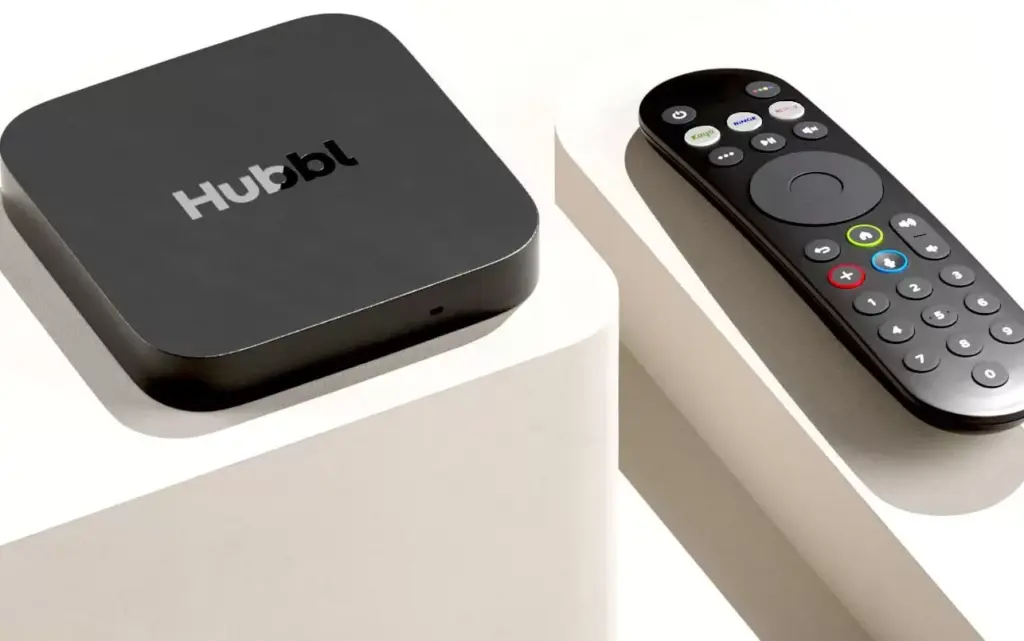
Foxtel has announced the winding down of its Hubbl streaming device, marking a significant retreat from its ambitious hardware development plans. The decision comes just 18 months after the device’s launch, which was initially touted as a game-changer in the streaming landscape. The move signals a strategic shift for Foxtel, as it steps back from hardware to focus on its core services.
In an interview with Tim Burrows from Unmade, Foxtel’s chief executive, Patrick Delany, confirmed that the Hubbl puck and television products are now in “maintenance mode.” This means they will no longer receive marketing support, and while existing customers will continue to receive technical assistance, the platform’s future beyond the next year remains uncertain.
The Rise and Fall of Hubbl
Launched in March 2024, Hubbl was positioned as Foxtel’s flagship innovation. It was designed to consolidate various streaming subscriptions, including Netflix, Disney+, Kayo Sports, and Binge, into one device and menu system. The $99 puck-style device was developed in partnership with Sky UK, using the same technology that powers Sky Stream in Britain. A television version, Hubbl Glass, was also part of this collaboration.
Despite the initial hype and investment, the service struggled to gain significant traction. Delany noted that more than 100,000 units had been sold, but the device failed to reach a broad audience. Internally, some staff humorously referred to it as “Rubbl,” reflecting its marginal role in Foxtel’s broader business strategy.
Strategic Shifts and Financial Implications
The decision to wind down Hubbl is part of a broader strategic shift following Foxtel’s acquisition by London-based sports streaming group DAZN in April 2025. The $3.4 billion deal prompted a review of Foxtel’s hardware investments, with insiders indicating that DAZN was not willing to continue funding the Hubbl project.
Industry sources estimate that between $100 million and $200 million was spent on Hubbl’s development, marketing, and rollout. News Corp filings revealed that at least $US62 million ($98 million) was invested in the 18 months surrounding its launch. Despite this significant investment, the device did not achieve the expected market penetration.
“The scale of the Hubbl project had been significant, with industry sources estimating between $100 million and $200 million spent on its development, marketing, and rollout.”
Impact on Foxtel’s Future
The winding down of Hubbl comes amid a wider retreat from hardware across the Foxtel Group. The company has decided not to invest in further set-top boxes for its traditional pay-TV customers. Existing iQ4 and iQ5 boxes will either be refurbished or phased out, with no plans to produce a new iQ6 device.
This strategic shift also follows job cuts across the Foxtel business. More than 100 staff were made redundant in April, including about 35 from the Hubbl product team. A Foxtel spokesperson acknowledged these changes, emphasizing the company’s focus on maintaining the Hubbl brand through software services such as subscription bundling, rather than physical products.
Looking Ahead
While Foxtel has insisted that the Hubbl brand will be “maintained,” industry observers expect the physical puck and television products to disappear. The company’s focus will likely shift towards enhancing its software offerings and optimizing its existing services to better compete in the crowded streaming market.
The decision to wind down Hubbl reflects broader trends in the media and entertainment industry, where companies are increasingly prioritizing content and service delivery over hardware development. As Foxtel navigates this transition, its ability to adapt and innovate will be crucial in maintaining its competitive edge.





